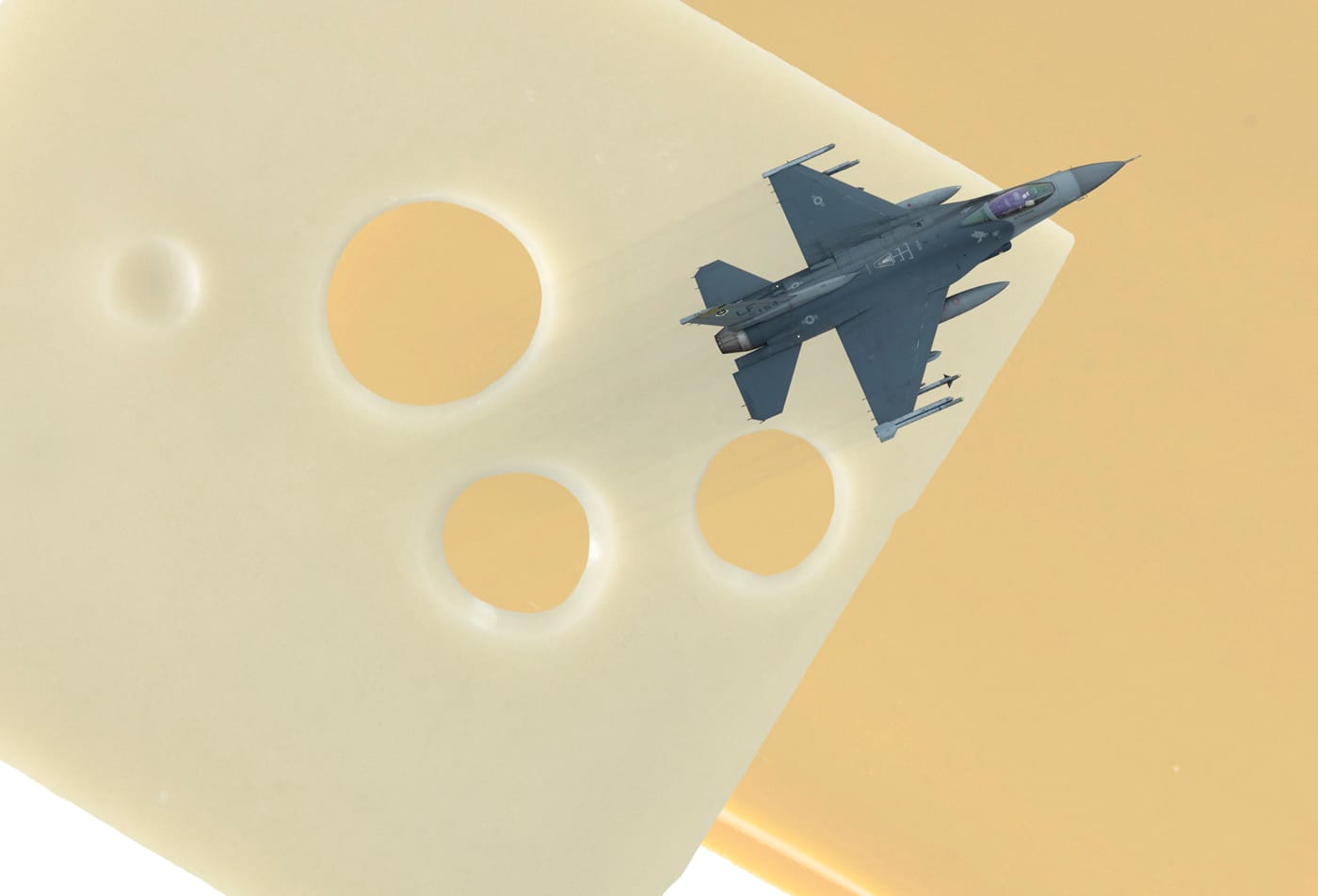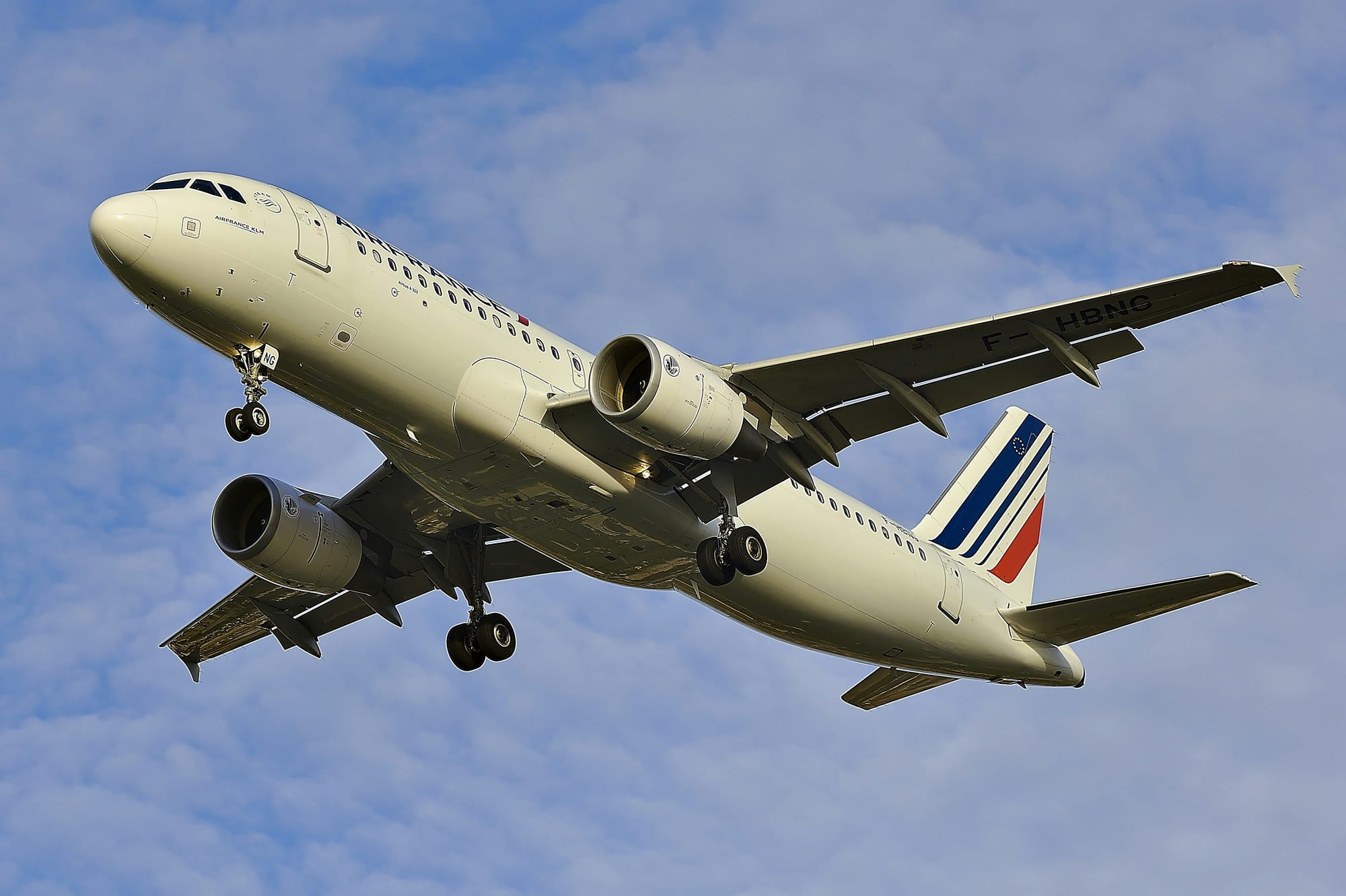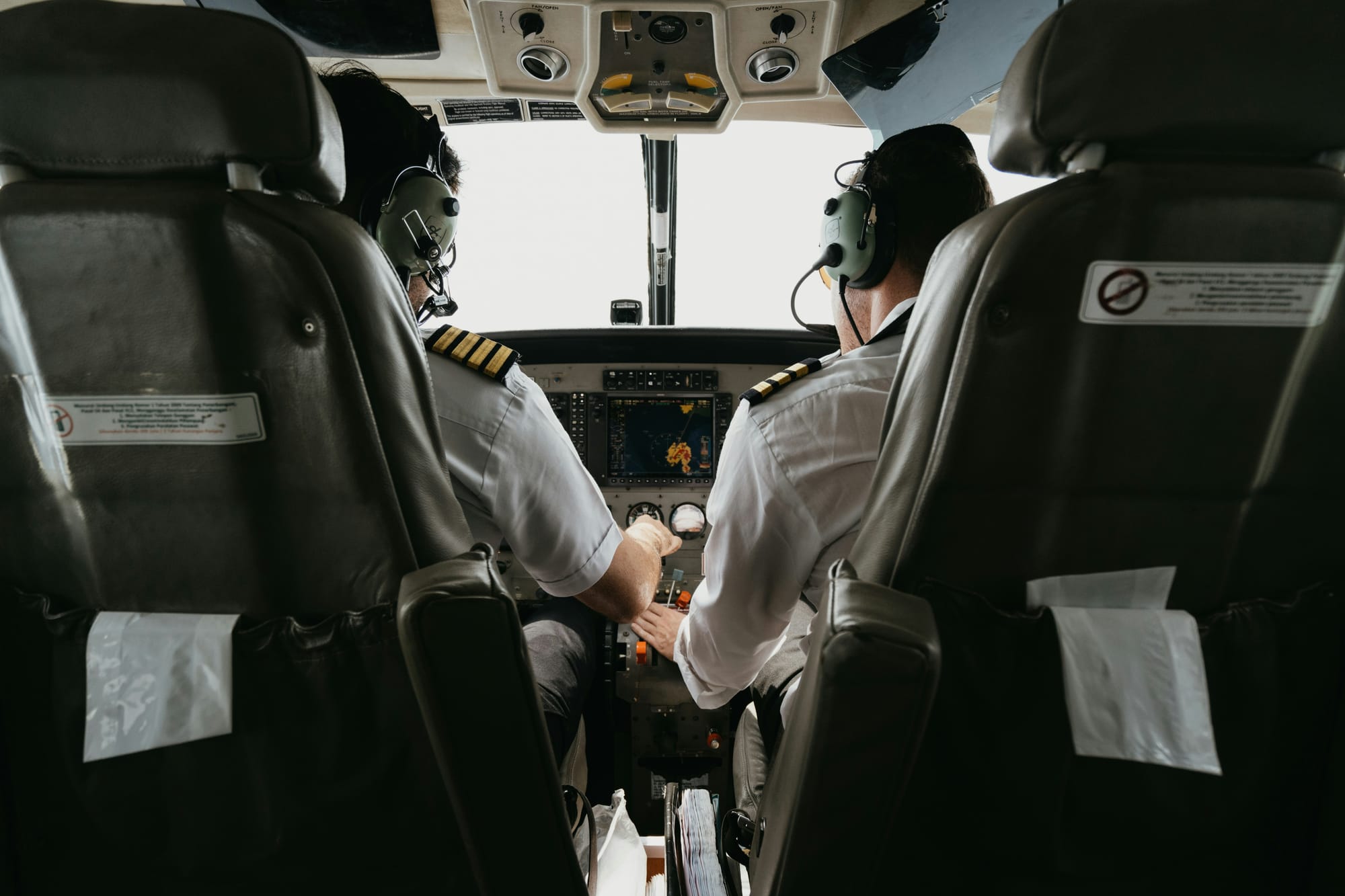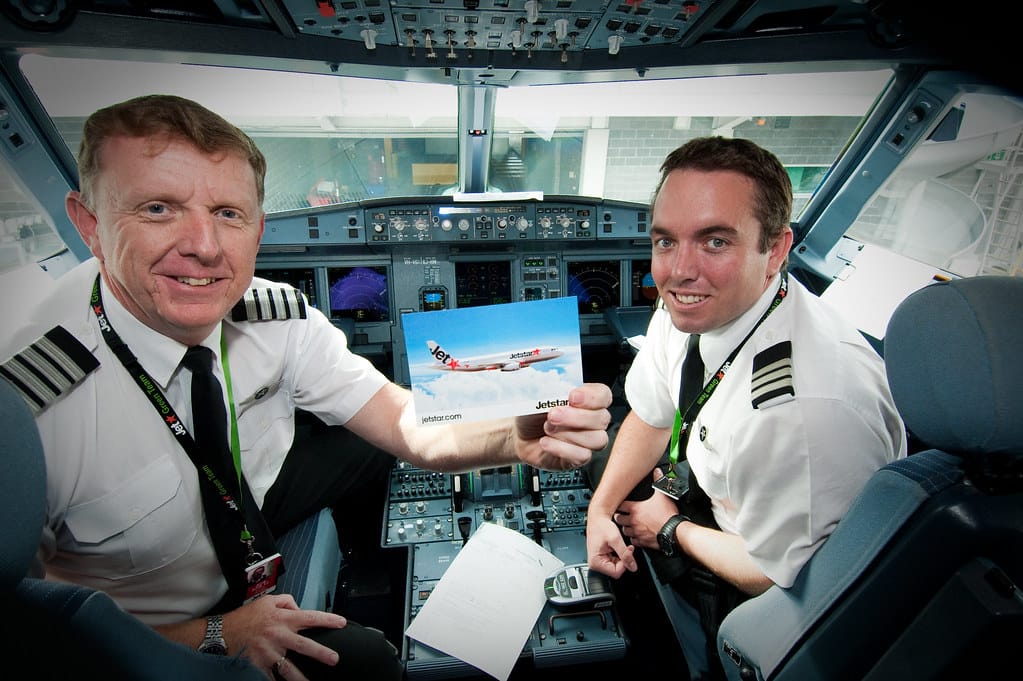Understanding the Swiss Cheese Model in Aviation Incidents

Aviation is one of the safest modes of transportation, thanks to rigorous safety protocols, technological advancements, and highly trained personnel. However, when accidents do occur, they are rarely caused by a single factor. Instead, they follow a well-documented pattern known as the Swiss Cheese Model of accident causation. This model, developed by psychologist James Reason, illustrates how multiple layers of defense must fail in sequence for an accident to happen.
The Swiss Cheese Model Explained

The Swiss Cheese Model depicts safety as a series of barriers, each represented as a slice of Swiss cheese. Ideally, these layers work together to prevent hazards from leading to catastrophic outcomes. However, each layer has inherent weaknesses—holes in the cheese—created by human error, technical failures, environmental conditions, or organizational flaws. When these holes align across multiple layers, a path is formed through which an incident can occur.
In aviation, safety barriers include pilot training, aircraft maintenance, air traffic control, weather forecasting, and operational procedures. While each of these barriers is designed to catch and correct errors, no single barrier is foolproof. Let's examine how an accident typically unfolds through the lens of the Swiss Cheese Model:
- Latent Failures (Organizational & Regulatory Weaknesses)
These are systemic issues that may exist long before an accident occurs, such as cost-cutting measures leading to inadequate training or outdated maintenance protocols. - Unsafe Supervision (Management & Oversight Gaps)
A failure in oversight, such as allowing an underqualified pilot to operate a flight or disregarding safety recommendations, creates vulnerabilities in the system. - Preconditions for Unsafe Acts (Human & Environmental Factors)
Fatigue, miscommunication, poor weather, or technical malfunctions can set the stage for an error. For example, a tired crew might misinterpret an alarm due to cognitive overload.
- Active Failures (Errors & Violations at the Operational Level)
These are the final, observable mistakes or violations that directly contribute to an accident, such as a pilot misreading an instrument, a mechanic overlooking a faulty component, or air traffic control providing incorrect instructions.
Real-World Examples

- Tenerife Airport Disaster (1977): The deadliest aviation accident in history involved multiple failures: miscommunication between pilots and air traffic control, poor visibility, and procedural misunderstandings—all aligning tragically.
- Air France Flight 447 (2009): A combination of instrument malfunctions, poor situational awareness, and pilot response errors led to a fatal crash in the Atlantic. No single failure was solely responsible; instead, multiple factors aligned.
Final Thoughts
No aviation incident is ever the result of a single mistake. The Swiss Cheese Model highlights the complex interplay of organizational, technical, environmental, and human factors that must align for an accident to occur. By understanding and addressing these vulnerabilities, the aviation industry continues to enhance safety, ensuring that the holes in the cheese rarely, if ever, line up. This layered approach to risk management is what keeps air travel as safe as it is today.





